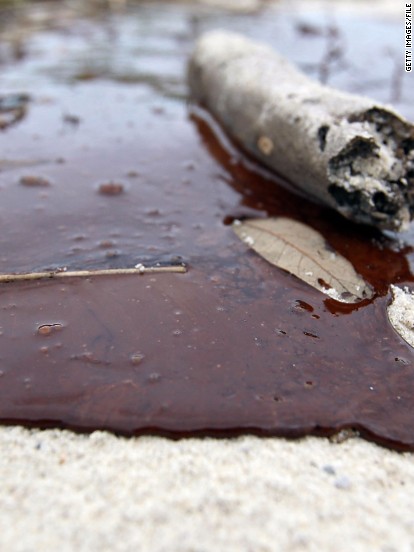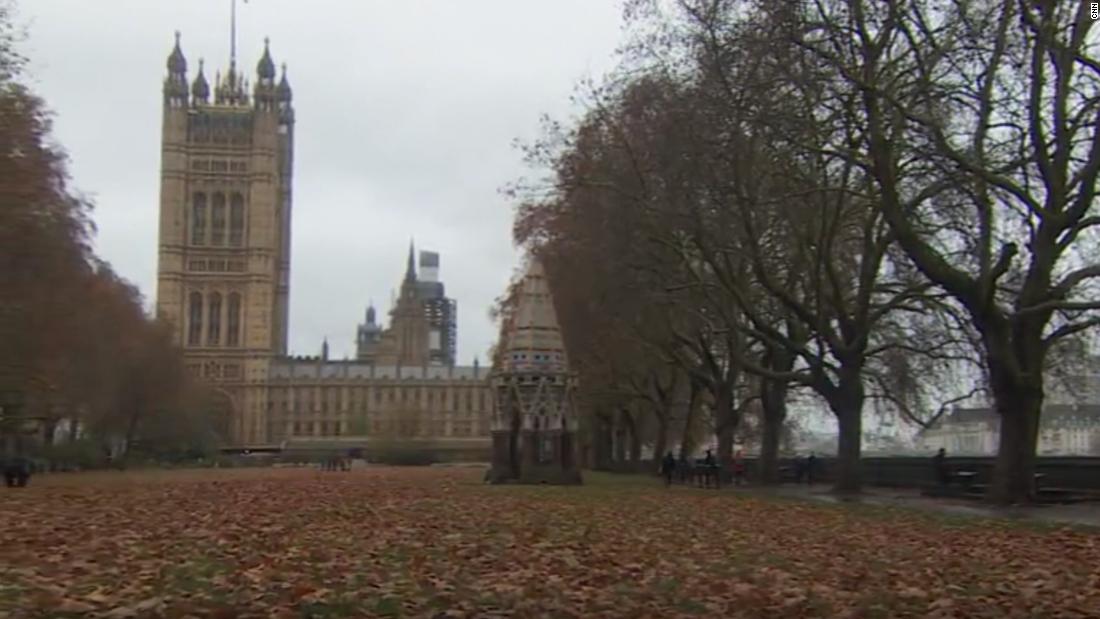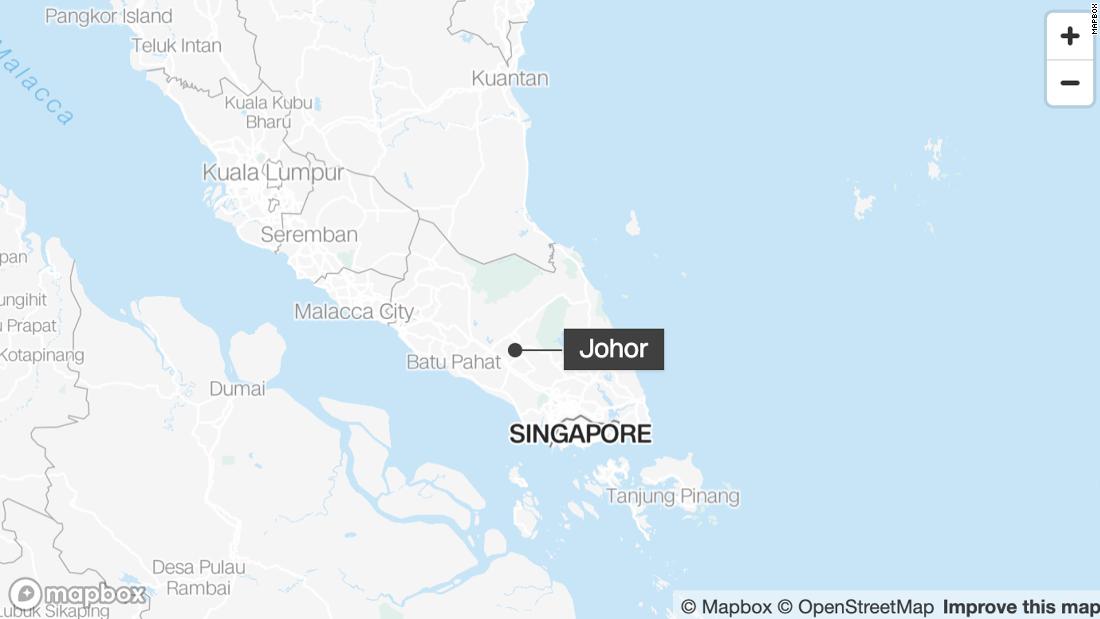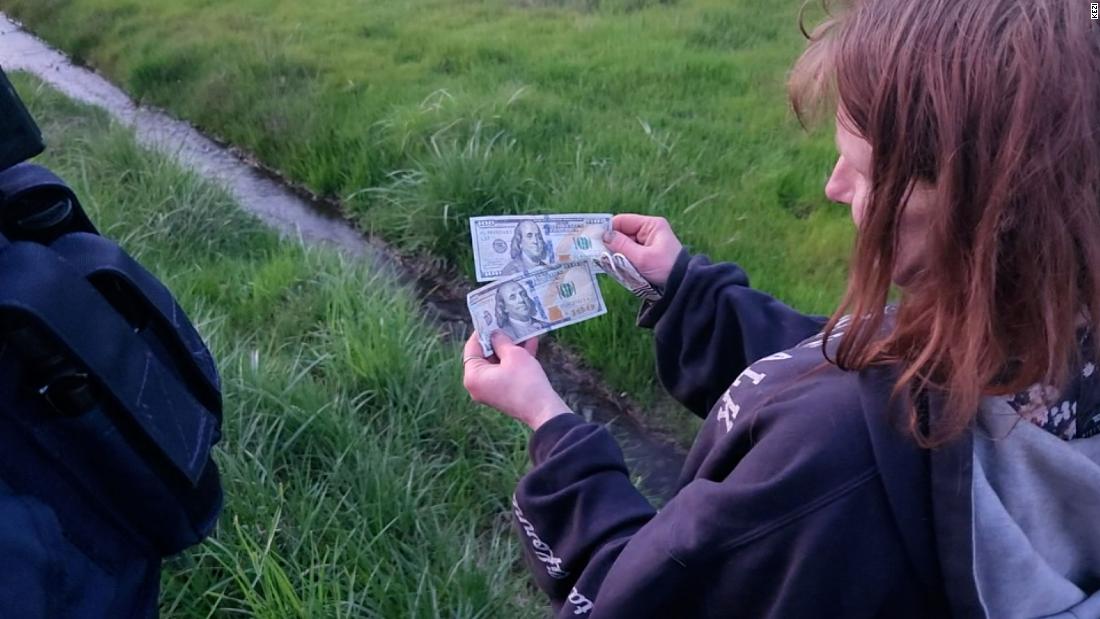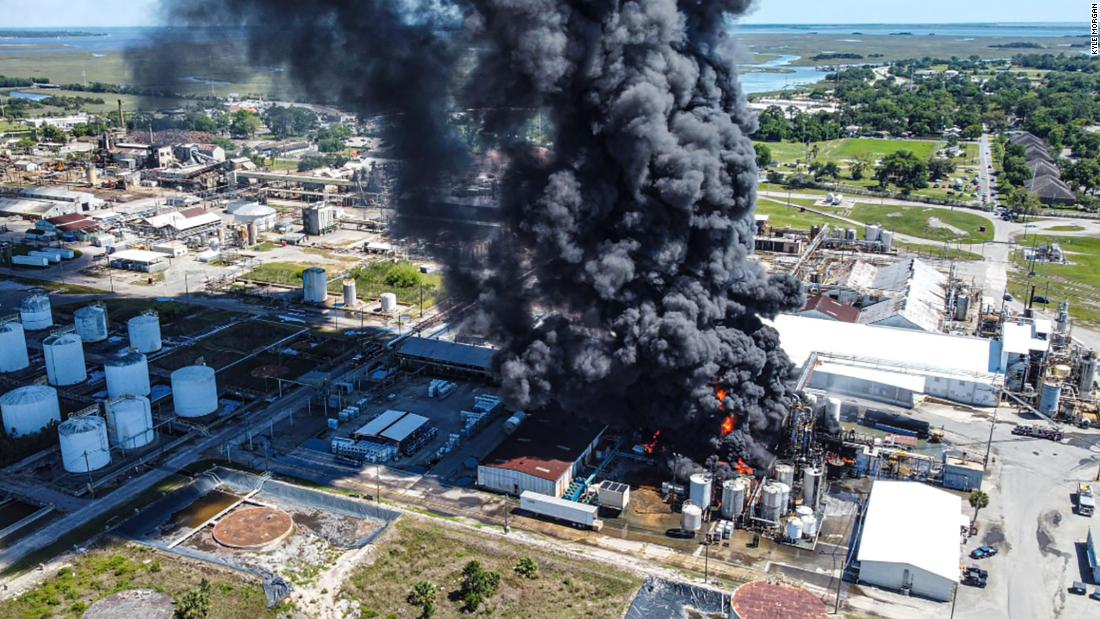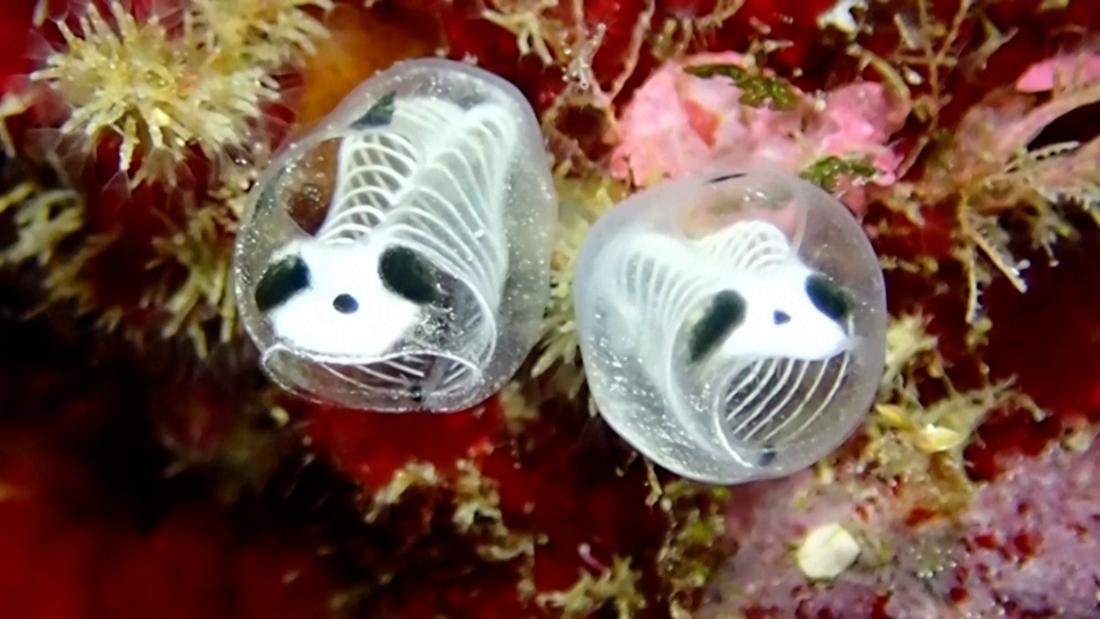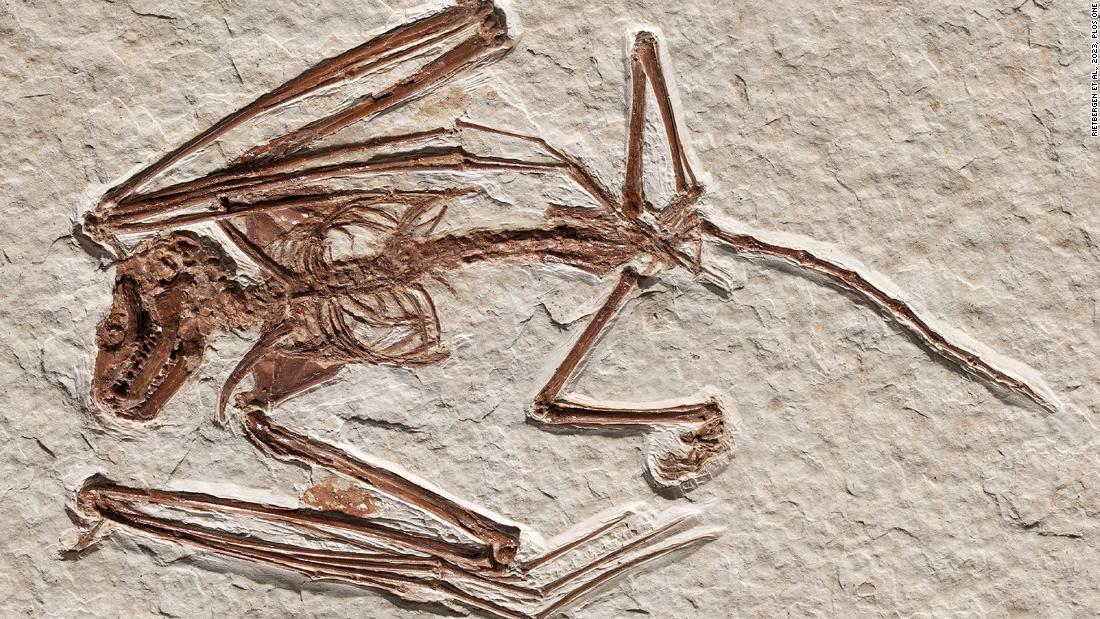AN URGENT beach warning has been issued after two Brits were poisoned on a UK island and rushed to hospital.
The pair has eaten a plant that contained a poison with no antidote available.
AlamyTwo people who were suffering from Hemlock poisoning were rescued[/caption]
AlamyRoots of Hemlock Water Dropwort are considered potentially fatal[/caption]
AlamyThe pair were rescued from Sully Island on May 3[/caption]
Emergency services rushed an island off the coast of Wales on May 3 after reports of a couple who had been poisoned.
The Brits, who were on Sully Island off the Vale of Glamorgan, were thought to have ingested Hemlock – a highly poisonous plant.
Sully Island is a small, uninhabited island near Barry and is about 450 metres long.
The island is a designated Site of Special Scientific Interest, home to plenty of diverse and rare plants.
It offers stunning views of the Welsh coastline and no permanent population, which meant rescue had to come from elsewhere.
The RNLI’s inshore lifeboats (ILBs) were deployed from Barry Dock to the eastern side of the tidal island.
The rescue charity said: “Barry Dock RNLI’s inshore lifeboat was tasked by HM Coastguard on Saturday, May 3, to locate, assess, and medevac two casualties on Sully Island reported to have potentially ingested hemlock.
“The volunteer crew were advised the casualties, experienced foragers, were on the eastern beach and were located quickly.
“On arrival the casualties were showing signs of anxiety so the crew immediately fitted them with lifejackets and embarked both onto the ILB for immediate transport to the mainland.”
Hemlock, also known as hemlock water-dropwort and hemlock root, is common in shallow water and appears like a cluster of white flowers.
It’s often found near rivers or fresh water but can be washed up on beaches after storms.
Beachgoers in Britain have been warned keep their pooches on a lead as a precautionary measure in certain spots, with four dogs having died from the plant in the Newquay, Cornwall.
Thankfully for the foragers, the RNLI confirmed that after the rescue, the pair on Sully Island made a full recovery.
They said: “Once ashore they were handed to Barry coastguard rescue team (CRT) who identified elevated pulse rates.
“Oxygen was prepared from the ILB’s supply with an RNLI crew member staying to assist the CRT with care.
“The officer in charge remained in contact with the ambulance service while the crew monitored the casualties.
“As the tide fell the ILB could not remain on scene so with their condition stable and a plan in place Barry Dock ILB stood down returned to station and was made ready for service while the casualties were taken to A&E.”
SYMPTOMS OF HEMLOCK POISONING
Hemlock poisoning will show symptoms after around 30 minutes, or up to 3 hours.
The plant can cause a painful rash or burning on the eyes if touched.
Ingesting any part of the plant can lead to poisoning which can lead to respiratory failure.
Symptoms include:
Trembling
Burning sensation in digestive tract
Increased salivation
Dilated pupils
Muscle pain and weakness
Decreased heart rate
Loss of speech
Convulsions
Unconsciousness
If you believe you have symptoms, you should seek medical attention immediately.
If possible, take a sample of the plant if it’s safe do to so by using plastic gloves – or take photos.
Do not try and make the infected throw up.
What Are Hemlock Roots?
Hemlock Roots may look like a “beautiful” flower, but they hold a deadly secret.
The plant, which looks like a parsnip, could be lethal to humans and animals.
Hemlock could easily kill if it was eaten as it contains fatal toxins.
The toxins grow naturally and include coniine and a gamma-coniceine, which cause muscular paralysis.
Anyone who ingests the harmful plant could end up with respiratory failure – which could lead to death.
Only a tiny amount of Hemlock can prove fatal to a human or to livestock.
It usually grows in wet, marshy places and is often confused for its non-poisonous lookalikes such as wild carrots or parsnips.
If accidentally eaten, symptoms of poisoning include seizures, nausea, vomiting, abdominal pain, tremors, confusion, weakness or dizziness.
The plant was previously found on a beach in Cornwall following a storm.
Published: [#item_custom_pubDate]



















































